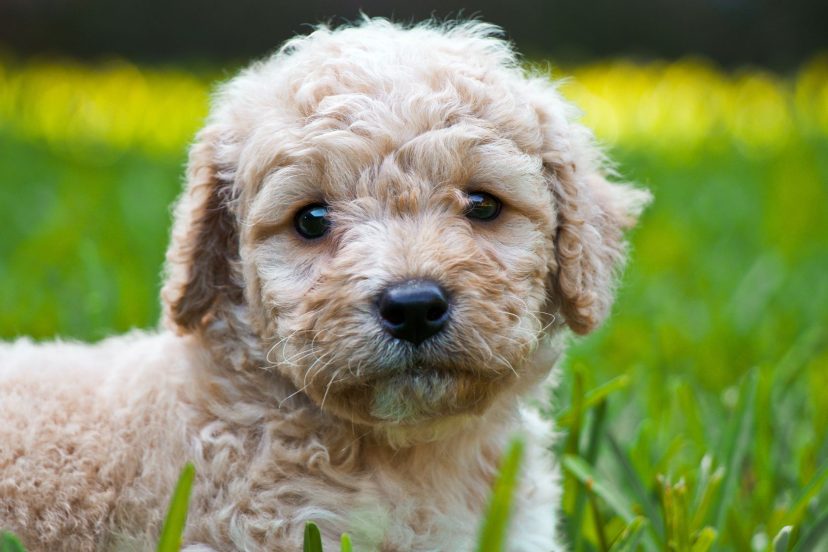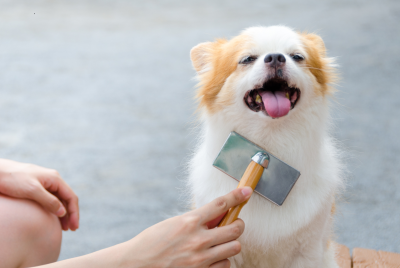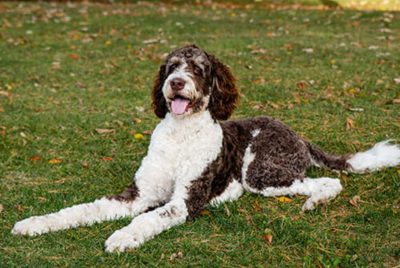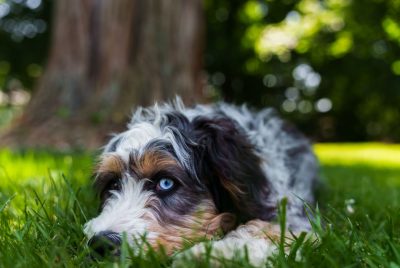How to Identify a Poodle Puppy Like a Pro?
Poodles are a beloved breed of dog known for their distinctive curly coats, intelligence, and elegant appearance. If you’re considering adding a Poodle puppy to your family, it’s essential to identify one correctly. In this comprehensive guide, we’ll explore the key characteristics of how to identify a poodle puppy distinguishing Poodle puppies from other breeds, helping you make an informed decision when selecting your new furry companion.
Understanding the Poodle Breed
Before looking into identifying a Poodle puppy, it’s important to understand the breed’s history and background. Poodles originated in Germany, where they were originally bred as water retrievers for hunting. Their unique coat, which consists of tightly curled and moisture-resistant hair, was particularly well-suited for this purpose, allowing them to swim in cold water without becoming waterlogged.
Over time, Poodles gained popularity as companion dogs due to their intelligence, trainability, and hypoallergenic coat. Today, they are recognized in three size varieties: Standard, Miniature, and Toy. While the size may vary, the breed’s distinctive features remain consistent across all varieties.
Physical Characteristics of Poodle Puppies
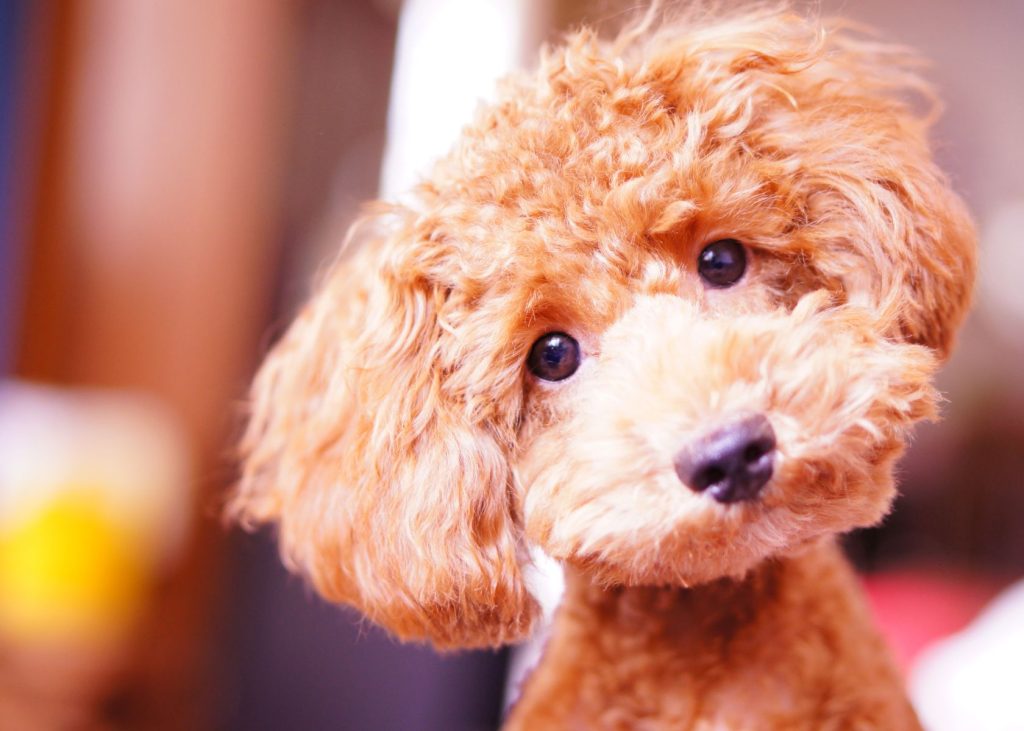
Poodle puppies possess several distinctive physical traits that set them apart from other breeds. Here are some key characteristics to look for:
Head and Facial Features
Poodle puppies have a distinctive head shape and facial features that are essential in identifying the breed. Their heads are proportionate to their body size, with a slightly rounded skull and a straight, moderate-length muzzle. Poodles have dark, oval-shaped eyes that exude an intelligent and alert expression.
Their ears are long, hanging close to their heads, and are often covered in tightly curled fur. The ears of a Poodle puppy may appear slightly longer in proportion to their head size compared to an adult Poodle.
Body and Coat
One of the most recognizable features of a Poodle puppy is their distinctive coat. Poodles have a single coat that consists of tightly curled, dense hair that is both moisture-resistant and hypoallergenic. The coat texture can vary from coarse to soft, depending on the individual dog and grooming practices.
Poodle puppies are born with a soft, fluffy coat that gradually develops its characteristic tight curls as they mature. The coat color can range from solid colors like white, black, or apricot to multi-colored combinations like silver beige, or blue.
Poodle puppies have a compact, well-proportioned body with a deep chest and a straight, level topline. Their legs are straight and well-muscled, and their feet are compact and oval-shaped, with arched toes and thick pads.
Size and Weight
Poodles come in three size varieties, and it’s important to understand the size range for each when identifying a Poodle puppy:
- Standard Poodle: At birth, Standard Poodle puppies typically weigh between 10 and 16 ounces (280-450 grams). As adults, they stand between 18 and 24 inches (45-60 cm) tall at the shoulder and weigh between 45 and 70 pounds (20-32 kg).
- Miniature Poodle: Miniature Poodle puppies usually weigh between 6 and 12 ounces (170-340 grams) at birth. As adults, they stand between 10 and 15 inches (25-38 cm) tall at the shoulder and weigh between 10 and 15 pounds (4.5-6.8 kg).
- Toy Poodle: Toy Poodle puppies are the smallest of the three varieties, weighing between 3 and 6 ounces (85-170 grams) at birth. As adults, they stand no taller than 10 inches (25 cm) at the shoulder and weigh between 4 and 6 pounds (1.8-2.7 kg).
It’s important to note that while size can be a useful indicator, it’s not the sole determining factor in identifying a Poodle puppy. Other physical characteristics, such as coat texture and color, head shape, and overall proportions, should also be considered.
Temperament and Behavior
In addition to their physical characteristics, Poodle puppies also exhibit distinct temperament and behavioral traits that can aid in their identification. Poodles are known for their intelligence, eagerness to please, and affectionate nature.
Poodle puppies are generally active, energetic, and playful. They have a strong desire to learn and thrive on mental stimulation and training. Even at a young age, Poodle puppies can be quick learners and respond well to positive reinforcement training methods.
Additionally, Poodle puppies are typically friendly and sociable, forming strong bonds with their owners and family members. They tend to be alert and curious, often exhibiting a lively and outgoing personality.
Distinguishing Poodle Puppies from Other Breeds
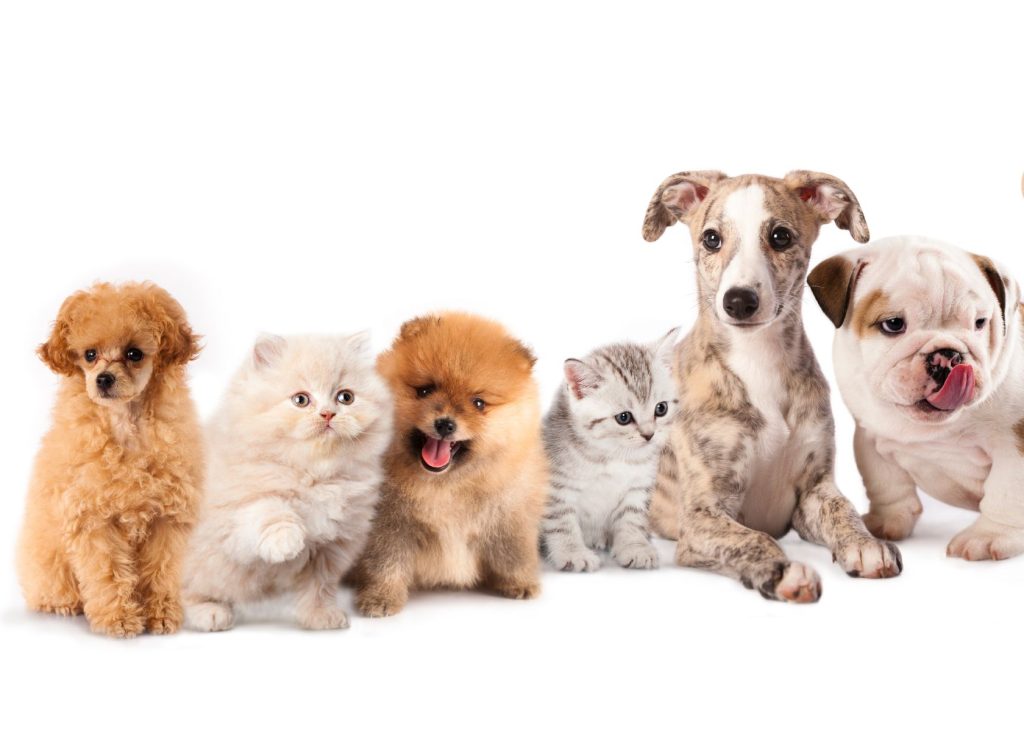
While Poodles have distinct physical and behavioral traits, it’s important to be able to distinguish them from other breeds that may share similar characteristics. Here are some key differences to consider:
Curly-Coated Breeds
Poodles are often mistaken for other curly-coated breeds, such as the Bichon Frise, Portuguese Water Dog, or Bedlington Terrier. However, upon closer inspection, there are notable differences:
- Bichon Frise: Bichon Frise puppies typically have a softer, more cotton-like coat texture compared to the tighter curls of a Poodle. Their faces are also rounder and their ears are more drop-shaped.
- Portuguese Water Dog: While Portuguese Water Dogs share a similar curly coat, their overall body structure is more muscular and sturdy compared to the sleek and elegant Poodle. Their muzzles are also slightly broader, and their ears are more triangular in shape.
- Bedlington Terrier: Bedlington Terrier puppies have a distinctive lamb-like coat that is more crimped and less tightly curled than a Poodle’s. They also have a more wedge-shaped head and a slightly longer muzzle.
Retriever Breeds
Some retriever breeds, such as the Labrador Retriever or Golden Retriever, may share similar facial features and color with Poodles. However, there are several key differences:
- Labrador Retriever: Labrador Retriever puppies have a shorter, straighter coat compared to the tightly curled coat of a Poodle. They also have a broader head and a more substantial body structure.
- Golden Retriever: Golden Retriever puppies have a longer, feathered coat that is wavy rather than curly. Their muzzles are also slightly broader, and their ears are more triangular in shape.
Poodle Mixes
With the increasing popularity of designer dog breeds, it’s not uncommon to encounter Poodle mixes, such as Labradoodles or Goldendoodles. While these mixed breeds may share some characteristics with Poodles, their appearance can vary greatly depending on the specific cross.
When identifying a Poodle puppy, it’s important to look for the breed’s distinctive features, such as the tightly curled coat, proportionate head shape, and overall elegance. If any of these key traits are missing or significantly altered, it may indicate that the puppy is a mixed breed rather than a purebred Poodle.
Ethical Considerations and Responsible Breeding
When seeking to identify a Poodle puppy, it’s crucial to consider the ethical implications and responsible breeding practices involved. Reputable breeders prioritize the health, well-being, and preservation of the breed’s integrity.
Responsible Poodle breeders will typically:
- Provide documentation and health certifications for the parents, ensuring that the puppies are from healthy and genetically sound lineages.
- Socialize and raise the puppies in a nurturing environment, promoting proper physical and behavioral development.
- Offer guidance and support to new puppy owners, ensuring a smooth transition and long-term care for the puppy.
- Adhere to breed standards and ethical breeding practices, avoiding practices that compromise the health or well-being of the dogs.
When identifying a Poodle puppy, it’s essential to work with reputable breeders or rescue organizations that prioritize the welfare of the breed. Responsible breeding practices not only ensure that you acquire a healthy and well-adjusted Poodle puppy but also contribute to the preservation and improvement of the breed as a whole.
Conclusion
Identifying a Poodle puppy requires a keen eye for the breed’s distinctive physical and behavioral traits, but now you know how to identify a poodle puppy. By understanding the key characteristics, such as their tightly curled coat, proportionate head shape, and intelligent demeanor, you can confidently distinguish Poodle puppies from other breeds.
However, it’s important to remember that responsible breeding practices and ethical considerations should be at the forefront when seeking a Poodle puppy. Working with reputable breeders or rescue organizations ensures that you not only acquire a healthy and well-adjusted puppy but also contribute to the preservation and improvement of the breed.

